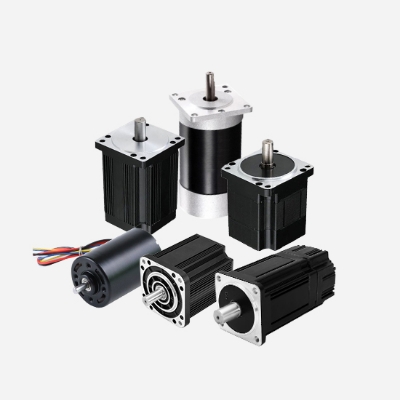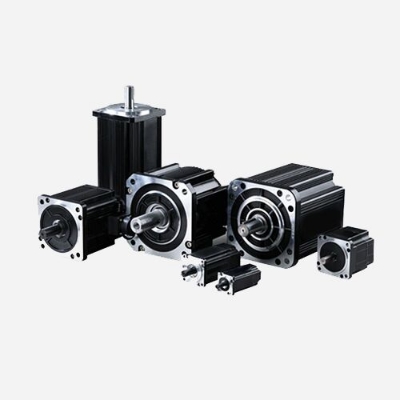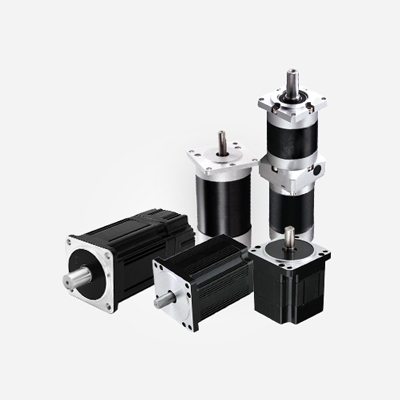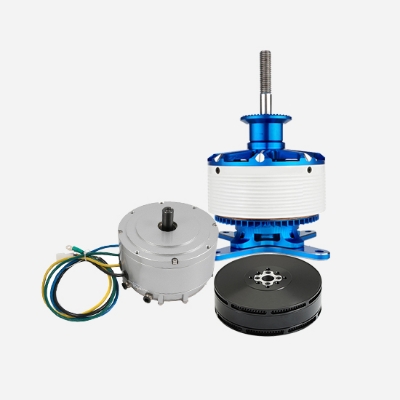How does an ESC Work?
Tuesday, September 6, 2022
An electronic speed control (ESC) is an electronic circuit that controls and regulates the speed of an electric motor. It may also provide reversing of the motor and dynamic braking. The electronic speed controller is an essential part of an electric propulsion system's hardware. It acts like the brain of the system by telling the motor how fast to go based on data signals it receives from the throttle controller.
As a power source for all kinds of machinery, motors are used in a wide range of applications, from heavy industry to small toys. In daily use, it is necessary to adjust the speed of the forward and reverse rotation of the motor. The following describes the use of potentiometers to control the speed of brushless DC motors.
The stator of a brushless motor is the part that generates the rotating magnetic field and can support the rotor to rotate. It mainly consists of a silicon steel sheet, enameled wire, bearing, bracket, etc.; the rotor can support rotor rotation under the action of the stator rotating magnetic field, and the parts mainly consist of the rotor shaft, magnet, bracket, etc. In addition, the number of pole pairs formed by the stator and rotor will also affect the speed and torque of the motor.
The power supply of the DC brushless motor is connected to the brushless motor through the controller so that the DC brushless motor runs in one direction. Looking at the direction of the motor shaft extension, the motor shaft rotates clockwise is called forward rotation, and counterclockwise rotation is called reverse rotation. The following is explain how to wire a controller to reverse a BLDC motor.
Electric vehicles are not new to the world, but technological advancements and a growing focus on pollution control have branded them the mobility of the future. Various types of electric motors are used in electric vehicles, including brushless DC motors, permanent magnet synchronous motors (PMSM), and three-phase AC induction motors. Among these motors, you may have heard of BLDC motors which are very popular in electric vehicles.
Commutation torque pulsation is caused by the PWM inverter of the inverter and is due to current hysteresis or high-frequency current ripple generated by the inverter. During a phase change, when one phase is off and the other phase is on, the rise and fall rates of the individual phase currents are not equal. Therefore, the torque phase generated by the two currents during phase change adds a fully excited torque value, which will allow a smooth torque generation during the commutation interval.
The basis for making a drone is a brushless motor. The combination of motor and propeller is necessary to keep the whole drone hovering in the air. For the drone to fly as long as possible, a balance needs to be found between the motor, the propeller and the weight of the entire structure. Like all electric motors, brushless motors contain bearings, coils, magnets, and stator and end caps connected by bearings. The important parameters of a brushless motor are KV value, weight, no-load current, the maximum current that can be carried and maximum voltage.
The wiring principle of the general brushless DC motor is basically similar. Here we take a 24V brushless motor as an example to show you how to connect the motor to the controller and make the motor turn.
To test 24V BLDC motor requires a controller, 24V DC power supply start switch, a push button switch & a toggle switch, including power wires and hall wires, as well as a resistive accelerator pedal. All of these constitute the basic parts to operate a BLDC motor.
As the saying goes, "If you want to do a good job, you must first sharpen your tool." As a mechanical component, the electric screwdriver cannot work normally without the electric batch power supply. The electric batch power supply provides energy and related control functions for the electric screwdriver. drive the rotation of the motor. Due to the different parameters of the electric screwdriver motor, the speed will be different when the electric batch power supply outputs the same power.
As a small household appliance, the working principle of the hair dryer is that the motor drives the rotor to drive the fan blades to rotate, the motor is installed in the casing, and the fan blades are installed on the shaft end of the motor. When the motor rotates, the air is sucked from the air inlet and blown out from the air outlet wind.




